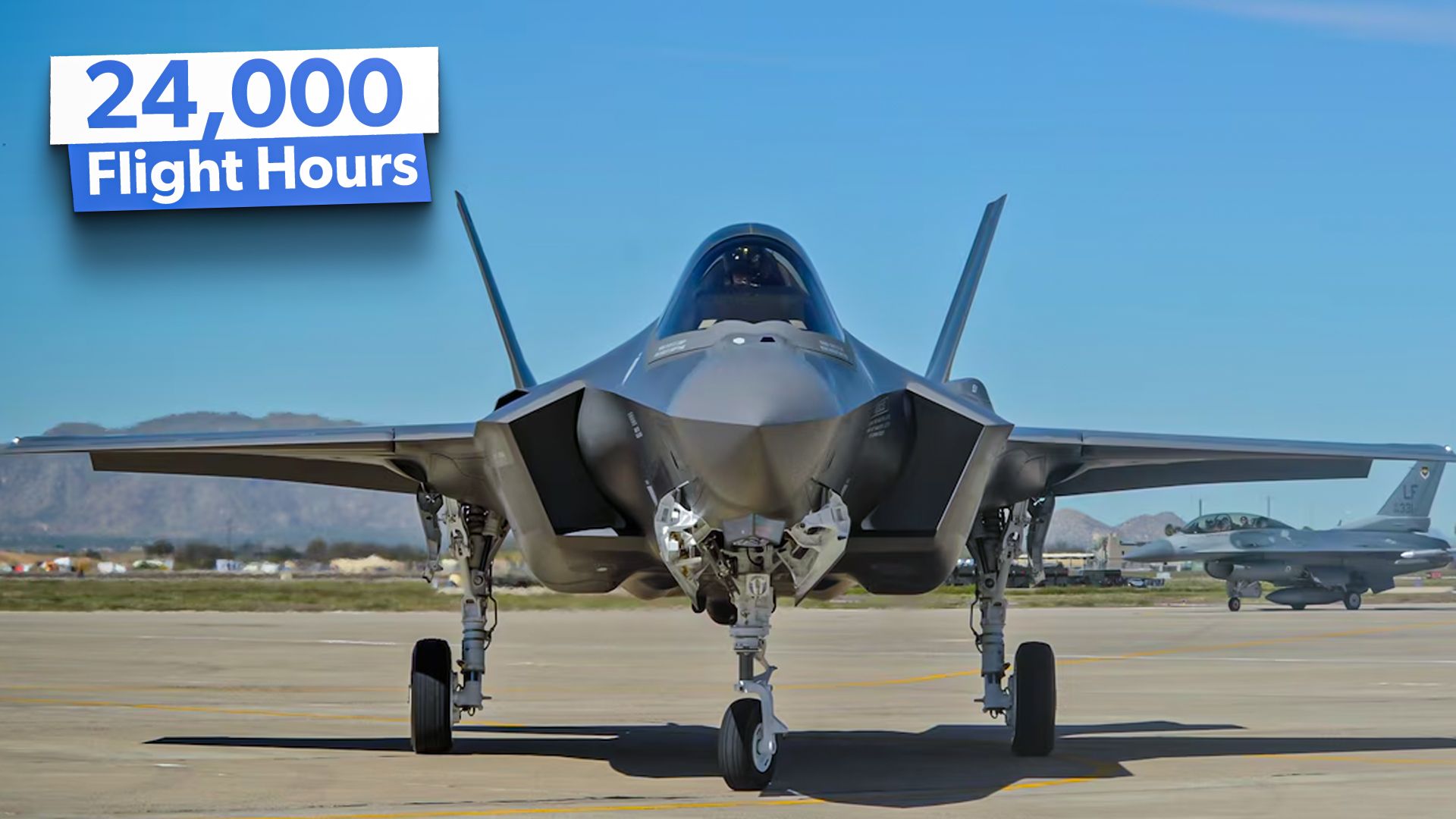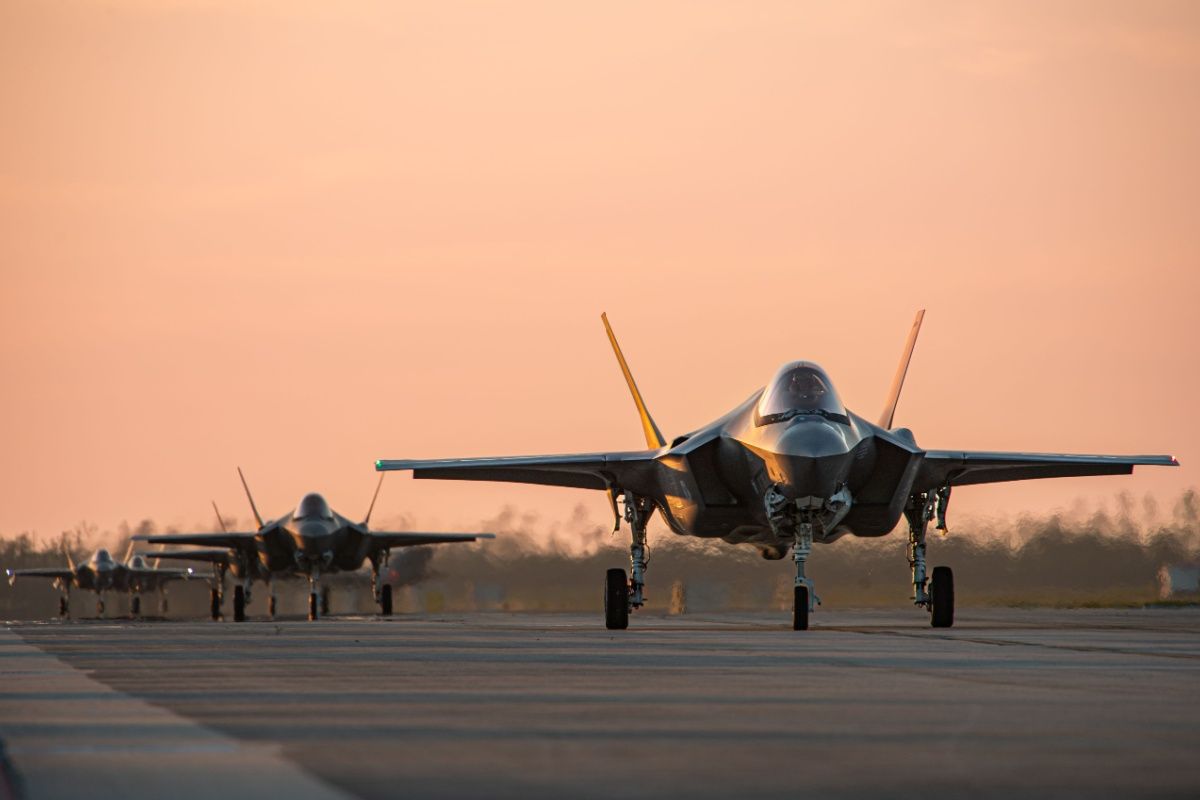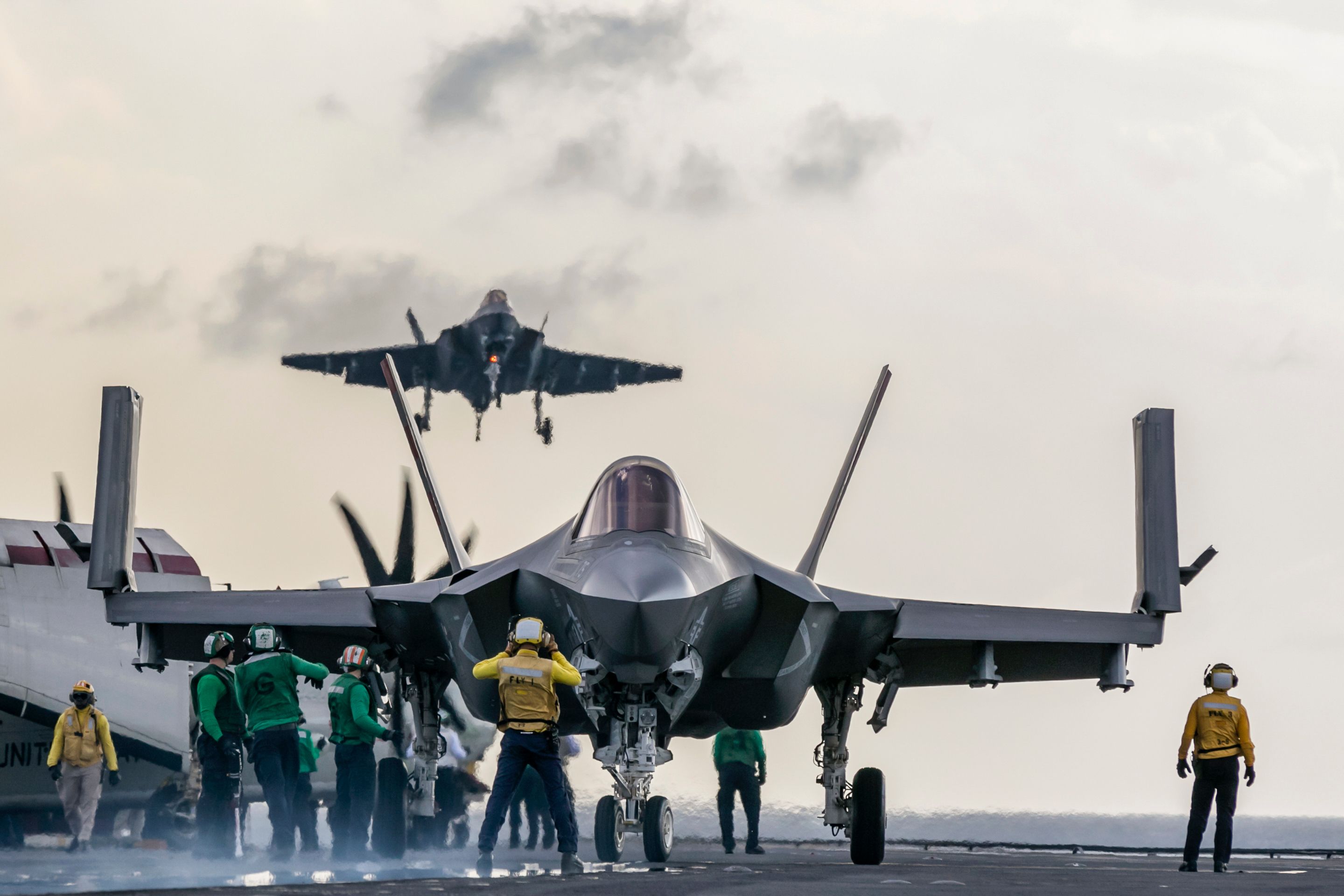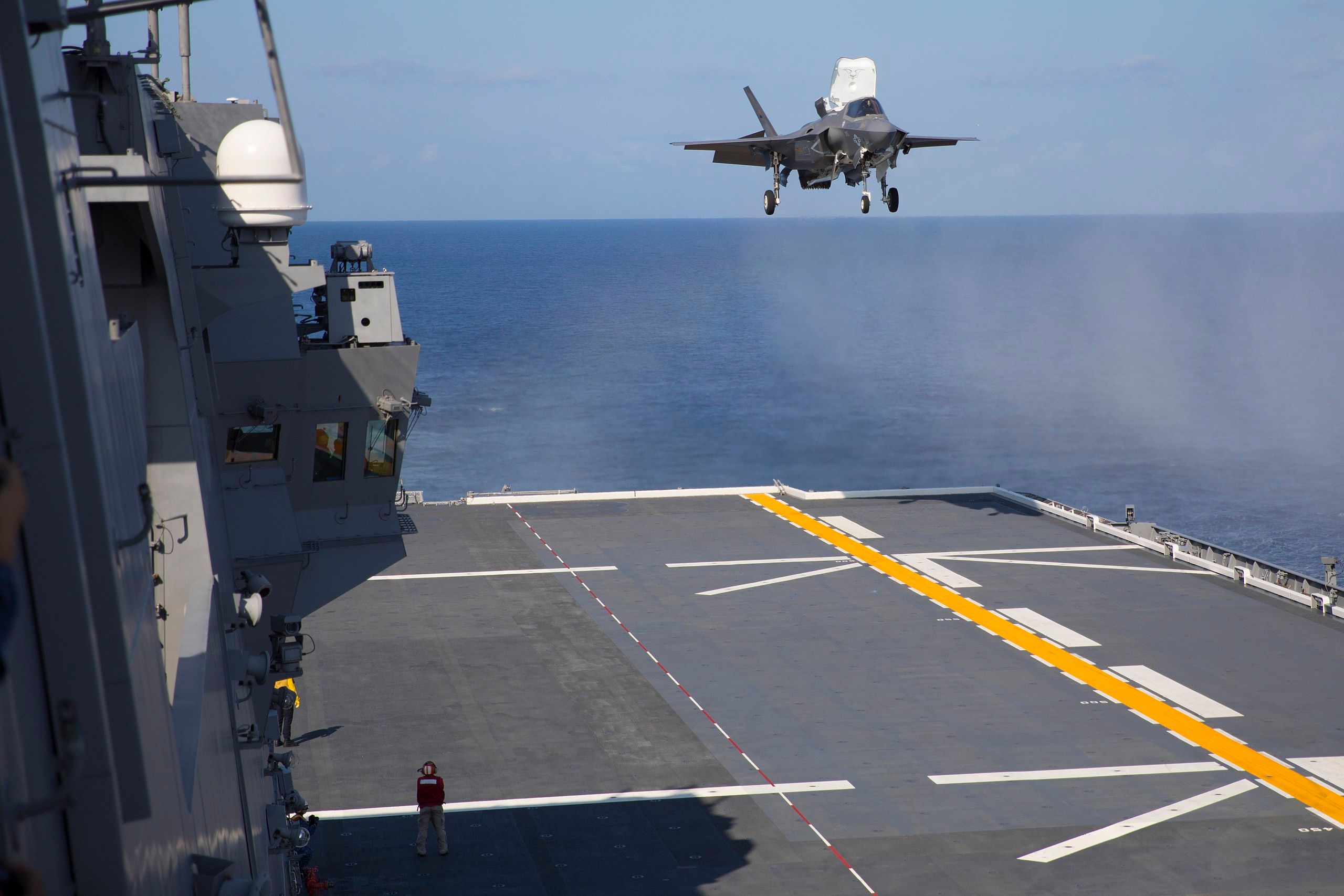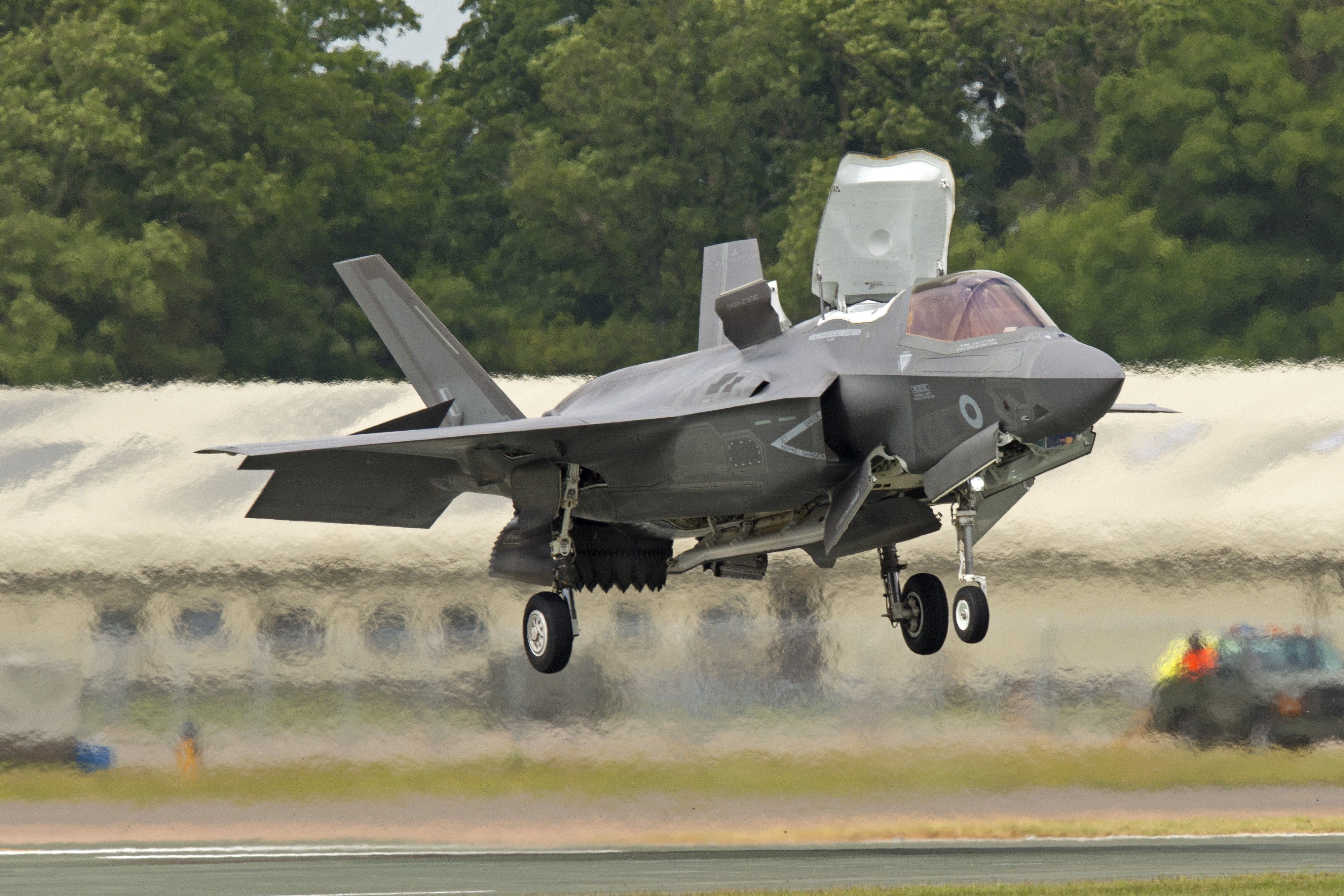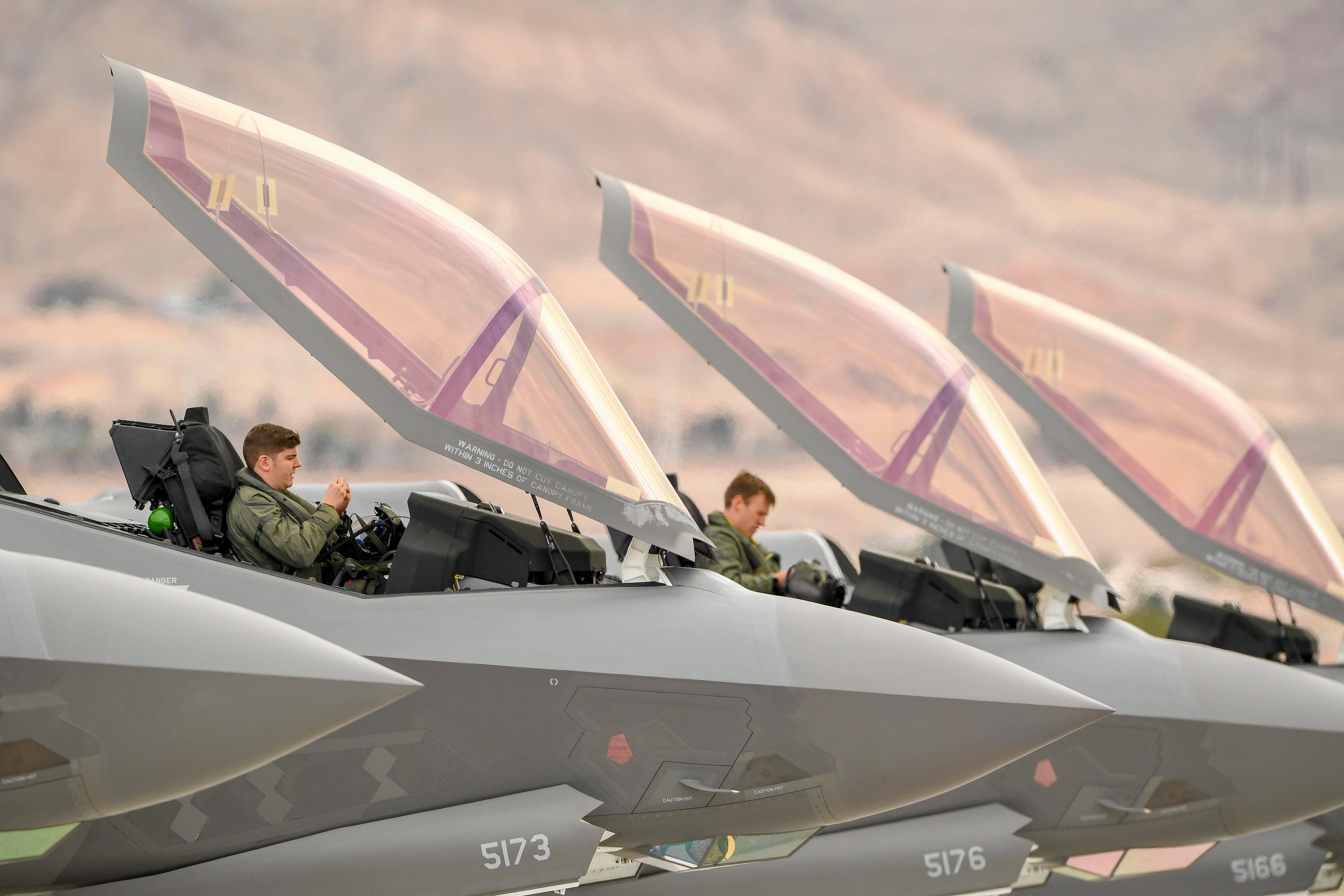While fighter jets
are typically designed for a service life of around 6,000-8,000 flight hours, it is claimed that the F-35
has a service life of as much as 24,000 flight hours
. But is this true? While the F-35A airframe’s structural lifespan seems impressive, the exact opposite may be true of the F-35B (or at least earlier models of the F-35B). The F-35 is the world’s most capable fighter jet and by far the world’s most popular 5th generation fighter jet. The
US closely guards its valuable F-35 and even refuses to sell them to some of its allies
.
F-35A tested for 24,000 flight hours
The
F-35 comes in three variants
, and these are almost different aircraft altogether, with comparatively few components in common. It’s not just many of the components but also the airframe itself that differs between these variants.
Photo: Aqeela_Image l Shutterstock
The F-35A is “the” F-35 variant. Not only is it by far the most popular variant on the export market, but the US Air Force is planning to procure an impressive 1,763 of the aircraft (far more than the Navy and Marines plan to procure F-35Bs and F-35Cs). Overall, the US plans to procure around 2,457 F-35s of all types.
|
F-35 flight hours: |
|
|---|---|
|
Design life (all variants): |
8,000 hours |
|
F-35A simulated test: |
24,000 hours |
|
F-35B early simulated test: |
Canceled after two cycles |
|
Early F-35B service life: |
Low as 2,100 hours (later increased) |
|
Total accused flight hours: |
909,000+ |
Photo: Lockheed Martin
The Joint Strike Fighter program office demanded that each variant’s non-flyable airframe undergo the equivalent of three full life cycles (or 24,000 flight hours), which simulated flying wear and tear. The F-35A aced the tests and didn’t show any fatigue until 24,000 hours. While it is true that the F-35 airframe may be much more durable than originally planned, early tests showed different results between the F-35A and F-35B variants.
Issues with early F-35B models
However, in 2019, The War Zone reported that testing was suspended on the F-35B as that older airframe was considered “no longer representative” of any actual production aircraft. The War Zone reported that the US Marine Corps’ old F-35B fighter jets may actually only have a fraction of the expected lifespan due to serious structural problems. The publication reported a Bloomberg article stating that the early block F-35Bs may have as little as 2,100 flight hours.
This will likely be bad news not only for the Marine Corps but also for the British. The British have taken the usual step of procuring only the F-35B variant to be shared between the Royal Navy and the Royal Air Force. The British were also among the first to have operational F-35Bs flying off aircraft carriers. Still, the F-35B program continues to progress, with the Italian Navy declaring its initial operating capacity on August 28, 2024.
Since those early F-35B models, subsequent F-35B models have received significant structural redesigns, including a new carry-through structure joining the wings to the fuselage. The stress and weight on the F-35B airframe are unique due to the fact that it is an STOVL (Short Take Off/Vertical Landing) aircraft.
“The appalling low durability of early F-35Bs is also something that DOT&E reports have highlighted in the past, but this is the first time there has been any concrete information on how bad the problem actually is. All three F-35 models are supposed to have a life expectancy of 8,000 flight hours.” – The War Zone
Later F-35B models were improved
It should be noted that the expected service life of all three variants remains unchanged at 8,000 flight hours. It is unclear how many flight hours the later production models of the F-35B will be able to take. Presumably, they are massively improved over the earlier, seemingly faulty, models. It is unclear if the F-35B will be able to fly for 8,000 flight hours or if it will be able to live up to its F-35A cousin and endure 24,000 hours or three lifecycles instead of a third of one.
Photo: Peter R Foster IDMA I Shutterstock
|
Flight hours of select fighter jets: |
|
|---|---|
|
F-35 Lightning II: |
8,000 (up to 24,000) |
|
F-22 Raptor: |
8,000 |
|
F-16 Fighting Falcon: |
8,000 (Block 70/72 – 12,000) |
|
F-15EX: |
20,000 |
|
MiG-29 Fulcrum: |
2,500 (extendable to 4,000) |
|
Su-24 Fencer: |
2,200 (extended to 3,000+) |
|
Eurofighter Typhoon: |
6,000 |
In March 2016, FlightGlobal reported that the projected life of the F-35 Lightning II was extended by six years to 2070 after the US military increased the number of flight hours their respective fleets are able to log.
Western fighter jets typically designed for 8,000 flight hours
Most fighter jets are designed with a life cycle of 8,000 flight hours. That is enough for the jets to live for 40 years, assuming they have flown an average of 200 hours a year (the normal rate during peacetime).
Photo: U.S. Air Force | R. Nial Bradshaw
Russian and Soviet fighter jets have historically been built with much
lower service life flight hours compared to their American counterparts
. The increased wartime use during the Invasion of Ukraine has contributed to suggestions
the Russian Air Force fighter jet fleet may be down as much as 25%
.

